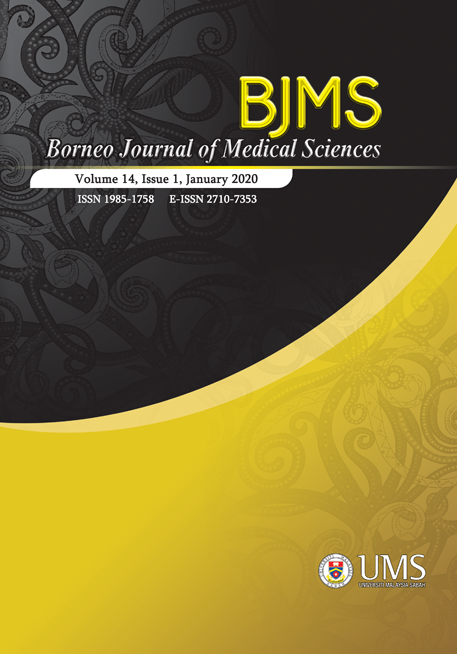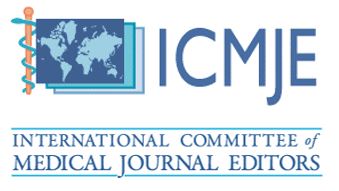Palmaris Longus Tendon Absence in Pre-Clinical Medical Students of Universiti Malaysia Sabah
DOI:
https://doi.org/10.51200/bjms.v14i1.1194Keywords:
palmaris longus tendon, pre-clinical, medical students, SabahAbstract
Palmaris longus (PL) tendon is regularly used in reconstructive surgeries as a donor tendon because it is observed as an accessory muscle and has little practical use to the human hands. It is only found in mammals. For example, the orangutan has PL but it is absent variable in the higher class of apes such as gorillas and chimpanzees. The absence of PL in humans appears to be hereditary, but the genetic transmission is unclear. The main objective of this study is to determine the prevalence of PL tendon absence in pre-clinical medical students of UMS and to compare the lack between gender and ethnic groups. By using standard Schaffer’s test, we examined the presence or absence of PL tendon among the first and second-year medical students of UMS. Four additional tests, Thompson’s test, Mishra’s test I, and II, Pushpakumar’s tests were used to determine whether PL present or not. A total of 134 volunteers were examined, and 91.8% were right-handed, and 8.2% were left-handed. The overall absence (bilateral and unilateral) of PL tendon was 23.9%, whereas unilateral absent was 17.9%, and bilateral absent was 6.0%. The high prevalence of absence of PL tendon among females 25.5% compared to males 20.0%. Chinese and Indian have a higher incidence of PL tendon absence followed by Kadazandusun and Malay. In this study, there were different figures for each ethnic group. The prevalence of absence of PL varies depending on the populations.
Downloads
Published
How to Cite
Issue
Section
License
The copyright of the article belongs to the authors, who retain ownership of their work published in the journal. Their work is distributed under the CC BY-NC 4.0 license








1.png)




